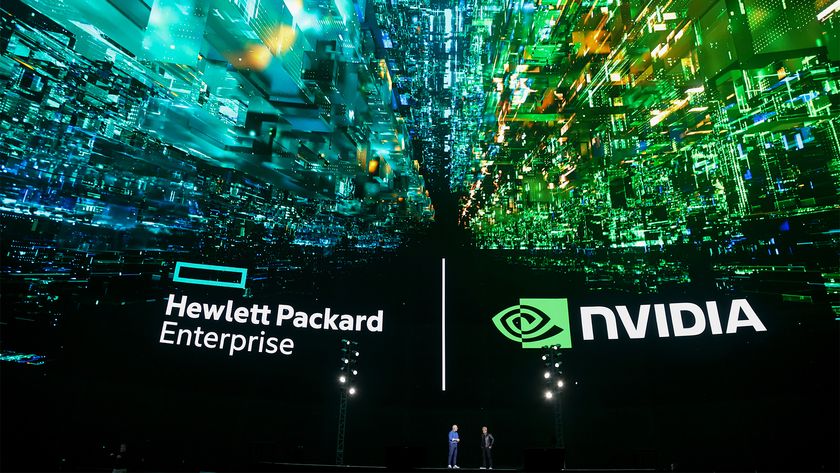The rise and rise of ARM
ARM is a British success story, but where did it come from and where is it going? Mike Jennings talks with the company's execs to find out...
ARM's unique working environment gave rise to a proud working culture.
"You got incredible team spirit, and you're very dependent on social networks across the organisation," said Howarth.
"We're no longer single blokes, we've all grown up and have families, but towards the conclusion of a project the guys still put in the hours at weekends and in the evening. It's not pressure, but it comes from the sense of not letting your peers down. People drive themselves because they feel a collective responsibility."
Brown tries to maintain the "fundamentals" of the organisation that he still treats as a "small entrepreneurial startup," but he's keen to stress that ARM keeps its feet on the ground. "We're not a flamboyant company and we look after our cash," he added. "We don't have swanky offices, and we still fly in economy."
We're no longer single blokes, we've all grown up and have families, but towards the conclusion of a project the guys still put in the hours.
The underdog spirit still allows for the occasional celebration. When the first Acorn-financed ARM silicon was up and running on 26 April 1985, at 3pm, the team afforded themselves a bottle of champagne labelled with the time and date. It's a tradition that continues today. "The whole company has champagne when we get working silicon," enthused Howarth. "There's about 50 or 60 bottles in our atrium."
The follow up to the ARM7TDMI, the ARM8, wasn't such a monumental success, however. "It's the curse of the even number," laughed Howarth, before explaining the chip was superseded by a processor called StrongARM, developed by Digital Equipment Corporation (DEC), which reached the market before ARM's equivalent and was then snapped up by Intel.
Get the ITPro. daily newsletter
Sign up today and you will receive a free copy of our Focus Report 2025 - the leading guidance on AI, cybersecurity and other IT challenges as per 700+ senior executives
Despite the occasional stumble, ARM has released more hits than misses. "We've brought out various innovations every two or three years," said Brown, who reckons the Cambridge-based firm has a tougher time of it than, say, Intel, which merely has to concentrate on producing higher-performance processors. "We actually have three completely different processor roadmaps at any one time," explains Brown. "We drive higher performance, but we've also pushed down into much lower cost."
ARM continued to find success into the late 90s. Its chips powered 1997's Nokia 6110, the world's first GSM-capable mobile, and in 1998 ARM was floated on the London Stock Exchange. A host of acquisitions after the turn of the millennium grew the business, and it's now got offices in locations as diverse as California, Norway, Taiwan, India and Slovenia.
It's the sort of expansion that young engineers like Howarth never even imagined: "[ARM's first CEO] Robin Saxby said one day there'll be an ARM-powered device for every person on the planet. He understood the potential and scale of the business."
Incredulous employees may have scoffed at Saxby's predictions but, to date, over 25 billion ARM-based chips have been shipped.
Mike Jennings has worked as a technology journalist for more than a decade and has been fascinated by computers since childhood, when he spent far too long building terrible websites. He loves desktop PCs, components, laptops and anything to do with the latest hardware.
Mike worked as a staff writer at PC Pro magazine in London for seven years, and during that time wrote for a variety of other tech titles, including Custom PC, Micro Mart and Computer Shopper. Since 2013, he’s been a freelance tech writer, and writes regularly for titles like Wired, TechRadar, Stuff, TechSpot, IT Pro, TrustedReviews and TechAdvisor. He still loves tech and covers everything from the latest business hardware and software to high-end gaming gear, and you’ll find him on plenty of sites writing reviews, features and guides on a vast range of topics.
You can email Mike at mike@mike-jennings.net, or find him on Twitter at @mikejjennings

















